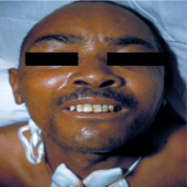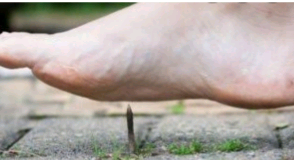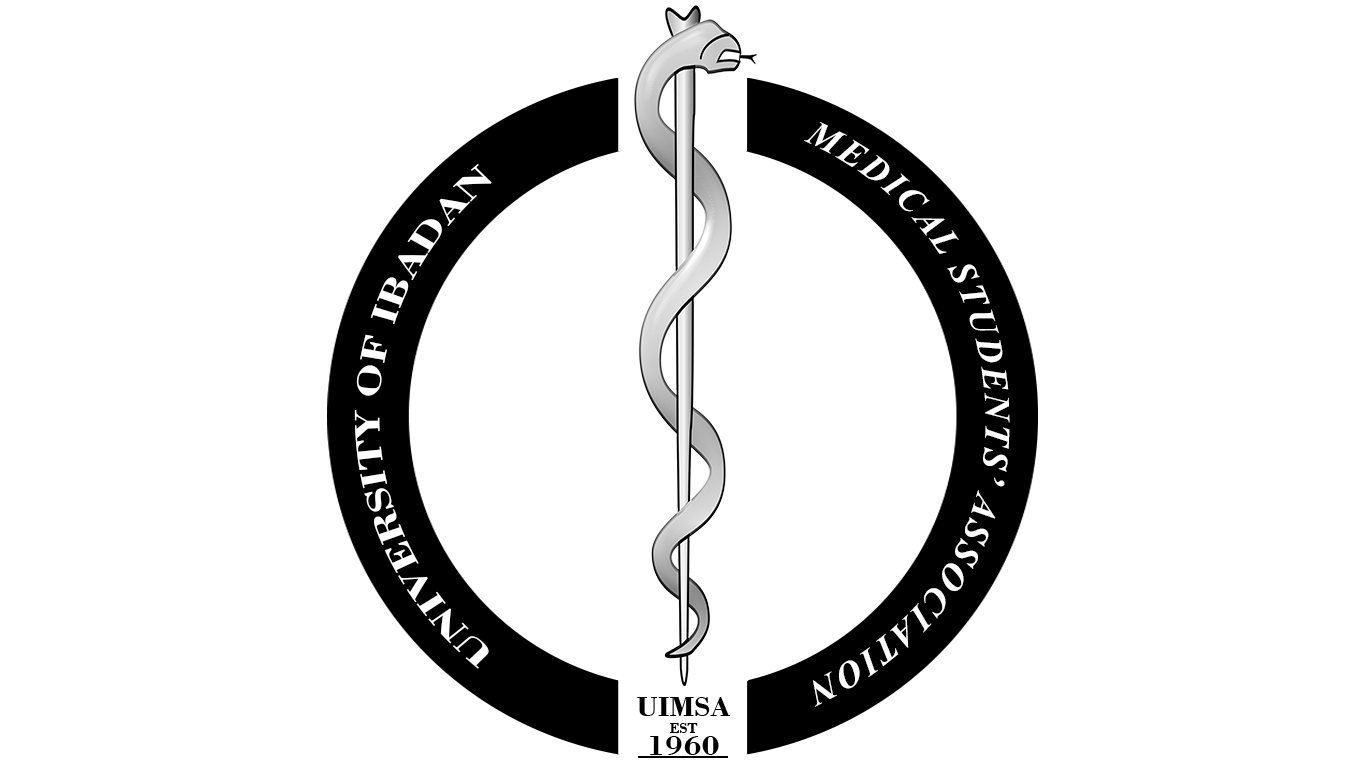
Bassey, 22, a student in the faculty of the clinical sciences, started his day like all normal days; a struggle to shake off the weariness that comes with the short nights and an apprehension of the avalanche of academic works that looms ahead. As hard as he tried, he still got to the Paul Hendrickse lecture theatre late and he was caught in race he didnt prepare for; the course is noted for the large number of students that attend the lectures and no one wants to stand throughout a 2-hour lecture. In the struggle to secure the leftover seat at the back, most of which are either bent or broken, he was cut by a sharp iron a protrusion out of the broken seats. Bassey spent a substantial part of the lecture period trying to control the blood flowing out of his arms, the remaining period he spent trying to make sense out of what the lecturer was saying; he had no time to even check what caused the cut. He would have gone to Staff Clinic to get the wound dressed but he was not ready to endure an endless wait at the clinics reception not when tons of notes are yet to be read. So, like a proud soldier, he wore his wound proudly for weeks giving it the best self-help he can until disaster struck when he developed a serious fever and was caught gasping for breath on his bed. On getting to the clinic, the doctor confirmed that he has Tetanus he got from the sharp iron that cut him. This is how close we live with the risk of contracting Tetanus as we go about our daily lives.
The menace that Tetanus poses to the society is fast becoming a fatal nuisance and all hands should be on deck to prevent this monstrous evil from causing more harm than it has done already. On this note, we shall therefore delve into the world of information on Tetanus.
WHAT IS TETANUS?
Tetanus also known as lockjaw, is a potentially fatal bacterial infection caused by the toxins (spores) of the organism, Clostridium tetani. These toxins are found everywhere in the environment; particularly in the soil, ash, intestines or feces of animals and humans, surfaces of the skin and that of rusty nails, needles, barbed wire. Being heat and antiseptic-resistant, the spores can survive for years.
Tetanus within 6 weeks of the end of pregnancy is maternal tetanus and within the first 28 days of life is called neonatal tetanus.

HOW MANY HAS TETANUS AFFECTED?
Tetanus is not relative to age, sex, race or socioeconomic status although it remains a public health concern in many low-income countries (due to unclean birth practices and low immunization coverage). It is also most serious in newborns and pregnant women who have not been sufficiently immunized with tetanus-toxoid-containing vaccines.
In 2017, tetanus killed about 30,848 newborns, a 96% reduction from the situation in 1988 when an estimated 787,000 newborn babies died of tetanus within their first month of life. Sadly, Nigeria is one of the 27 countries which account for over 90% of the global burden of neonatal tetanus.
HOW TO RECOGNIZE TETANUS?
The symptoms of tetanus appear anytime from a few days to several weeks after the infectious agent enters the body through an infected wound. The period between when infection and manifestation of signs and symptoms is averagely 3 21 days. The common signs and symptoms include:
Spasms and stiffness of the jaw muscles (lockjaw/trismus)
Stiffness of the abdominal muscles, facial muscles (risus sardonicus)
Difficulty in swallowing from spasms of neck muscles
Difficulty in breathing due to stiffness of chest muscles
Headache
Urinary symptoms like pain, retention and loss of stool control
Other signs which may be noticed by the physician include:
Fever
arching of the back from spasms of the back muscles (Opisthotonus)
Excessive sweating
Elevated blood pressure
Rapid heart rate

WHAT MAKES ONE PRONE TO TETANUS?
There are some factors that increase a persons chance of getting tetanus. They include:
Failure to get vaccinated or to keep up to date with booster shots against tetanus
A foreign body such as nail or other sharps
An injury that allows the disease agent enter the wound
Tetanus cases have developed from these instances as well: puncture wound, burns, fractures, surgical wounds, injection drug use, infected foot ulcers (e.g., in diabetics), dental infections, infected umbilical stumps in newborns of inadequately vaccinated mothers, etc.

UNTREATED TETANUS CAN LEAD TO:
Fractures due to persistent spasms
Blockage of a lung artery leading to suffocation
And eventually, death
PREVENTION IS BETTER
Tetanus can easily be prevented through immunization with tetanus-toxoid-containing vaccines (TTCV), which are included in the routine immunization programs (for children) and during antenatal visits (for pregnant women).
Routine Childhood Immunization: DPT (Diphtheria-Pertusis-Tetanus) vaccine should be given at 2, 4 and 6 months of age, 12-18 months of age. Booster doses should be given at 4-6 years of age, then 5-10 year intervals
If the individual is above 5years and Unimmunized: he/she should be given tetanus toxoid at first contact, 4 weeks later, 6 months later, then yearly to complete 5 doses
For Immunization of pregnant women: at least 2 doses should be given at least one month before delivery.

WHEN TO SEE A DOCTOR
See your doctor for a tetanus booster shot if you have not had a booster shot within 10 years, or you have a deep or dirty wound and you have not had a booster shot in 5 years. If you are not sure of when you received your last booster, get a booster.
